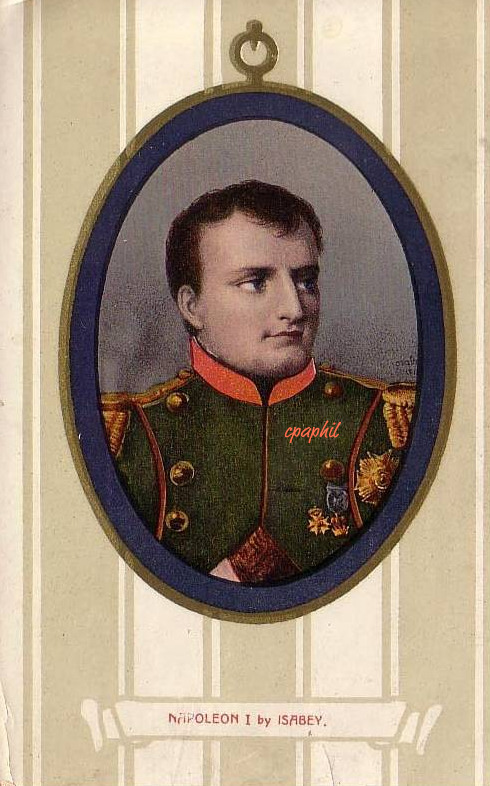vintage postcards
I submitted a niggling Napoleon question I had to J. David Markham who is an internationally acclaimed historian, Napoleonic scholar and award-winning author. He answered it! I'm swooning!

Was Napoleon really successful in banning La Marseillaise? How often was his anthem 'Veillons au Salut du l'Empire' sung? Was it an official part of most ceremonies?
Bonjour, Marie. Your question is a good one, and the answer is a little complex. The Marseillaise was composed as a marching song for soldiers marching from–-you guessed it—Marseillaise, a coastal city in the south of France. The soldiers had a long march to Paris and this made the constant hours of marching go by a little easier. It was called the War Song of the Army of the Rhine, but eventually became known as La Marseillaise.

This was in 1792, the early years of the French Revolution, and if you listen to the words, it is very Revolutionary and, to some, a bit revolting. It is also quite bloodthirsty, at least to some people. You’ve got your basic cutting of the throats of sons and consorts, impure blood watering our furrows, ripping open mother’s wombs: you get the picture. It is a call to action in defense of the Fatherland, and it became the symbol of the French Revolution.
That’s all well and good, but by the time Napoleon came to power, he wanted less Revolution and more stability. Revolution is fine against some other leaders, but not against the current leader, namely Napoleon. So when Napoleon became Emperor, he replaced the Revolution with an Empire, and La Marseillaise with Veillons au Salute du l‘Empire. This song sounds more like an anthem than a rousing call to Revolution. It was used at most public official ceremonies, especially those featuring Napoleon, but there were other songs as well that were used from time to time, certainly during the Consulate (1800-1804).

However, while Napoleon discouraged the singing of La Marseillaise and apparently issued orders banning its official use, it was used from time to time when it seemed necessary to rouse the people to action. It was also used by some military leaders with deep Revolutionary roots. Most notably, Napoleon himself used it when he returned for the 100 Days, wishing to remind the French that it had been him who had saved the Revolution and fought against those who would restore the Bourbon monarchy. When that same monarchy came to power in the person of Louis XVIII, he banned it for the same reasons. The July Revolution of 1830 brought it back, but Napoleon III banned it again, as did Vichy France in 1940. After World War II, however, it returned as the French National Anthem.
Please visit my all time favorite historical blog 'Raucous Royals' to read the full interview.
Carlyn Beccia presents history in an uproariously fun and tantalizing fashion. I am officially hooked to her blog!
View more Napoleon vintage postcards here:)